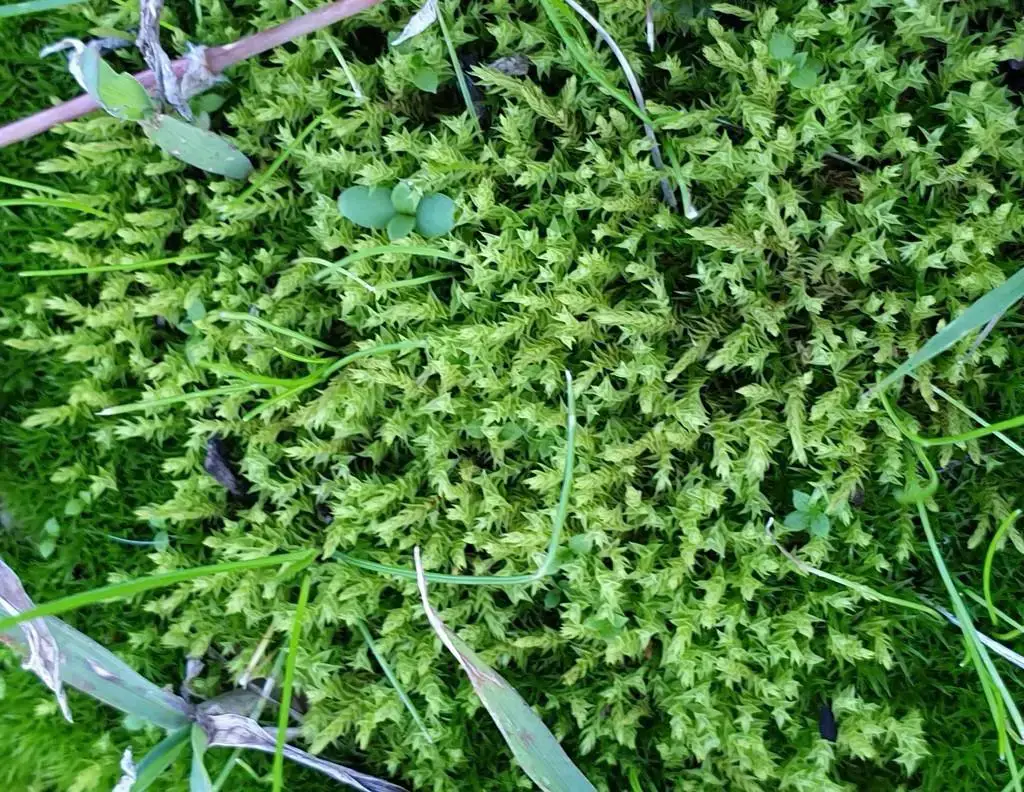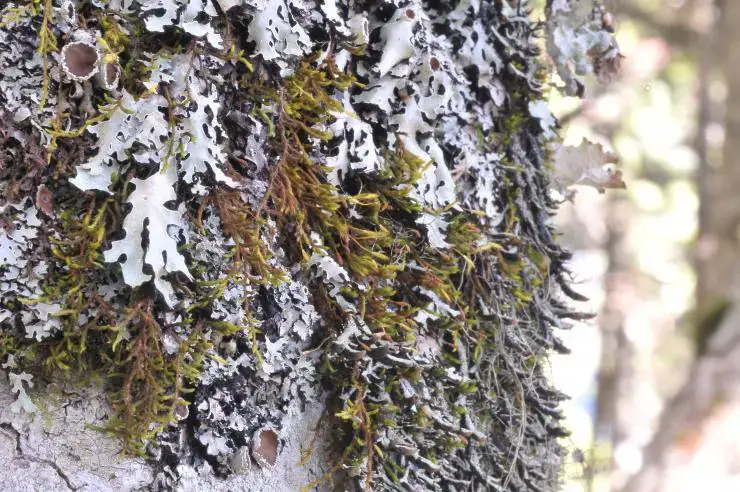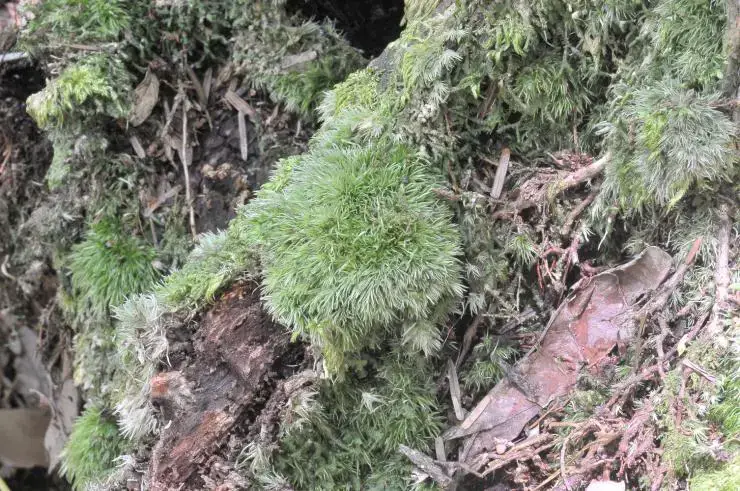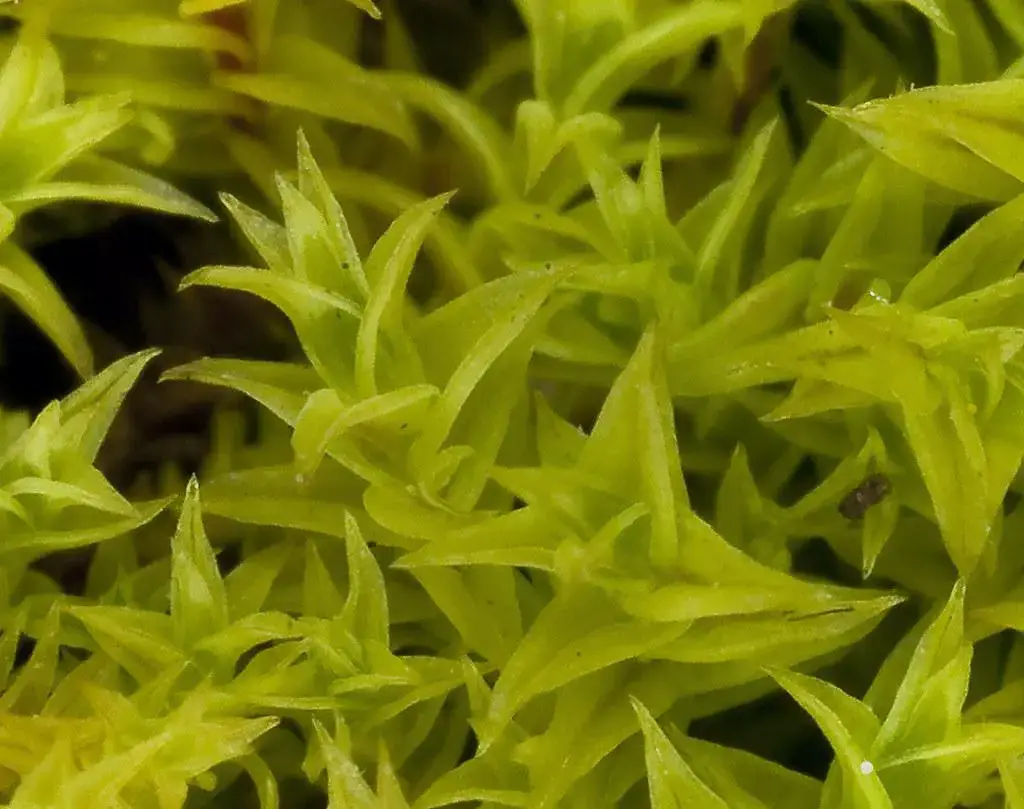
large.jpg from: https://inaturalist.ala.org.au/observations/51987314
Introduction
Triquetrella preissiana (Hampe) Müll.Hal.

5856d54f21c593d9017a4c708465902e.jpg from: https://openmuseum.tw/muse/digi_object/944be5363af1050246cc941b5ca41998
, commonly known as Triquetrella, is a fascinating species of moss belonging to the Pottiaceae family. This small but mighty plant plays important ecological roles and has some remarkable adaptations. In this blog post, we’ll take a closer look at the morphology, distribution, habitat, and significance of Triquetrella preissiana.
Background
Triquetrella preissiana is classified under the Bryophyta division and Bryopsida class. It was first described by German botanist Ernst Hampe in 1837 and later reclassified by

7037e79d418c961c5141889e083833ce.jpg from: https://taieol.tw/muse/digi_object/2355523fe7d6b11d4b7a8ac495911fd7
Carl Müller in 1849 under its current name. The genus name “Triquetrella” refers to the triangular shape of the leaves.
Morphology and Identification
Triquetrella preissiana is a small, acrocarpous (upright-growing) moss. Its most distinctive feature is the triangular, keeled leaves that are arranged in three distinct rows along the stem, giving the plant a braided or plaited appearance. The leaves are 1-2 mm long and have a prominent costa (midrib) that extends to the leaf tip.
The leaf margins are entire (smooth-edged) and often incurved. Triquetrella produces sporophytes (spore-producing structures) on short setae (stalks) with cylindrical capsules. The peristome (ring of teeth around the capsule mouth) is rudimentary or absent.
Global Distribution and Habitat

8454849634_70ca5d74f5_b.jpg from: https://www.flickr.com/photos/47945928@N02/8454849634
Triquetrella preissiana has a widespread but scattered distribution, occurring in:
- Australia (its type locality)
- New Zealand
- South America
- Africa
- Europe
It grows on soil, rock, or tree bases in dry, exposed habitats such as grasslands, heathlands, and open woodlands. In Australia, it is particularly common in coastal and near-coastal areas.
Ecological Roles and Adaptations
As a pioneer species, Triquetrella preissiana plays a key role in soil stabilization and nutrient cycling in the ecosystems where it occurs. Its dense mats help to retain moisture and prevent erosion. The moss also provides microhabitats for various invertebrates.
Triquetrella has several adaptations that allow it to thrive in dry environments:
- Triangular, incurved leaves that reduce water loss
- Rhizoids (root-like structures) that firmly anchor the moss to its substrate
- Ability to enter a dormant state during extended dry periods
| Characteristic | Description |
|---|---|
| Leaf shape | Triangular, keeled |
| Leaf arrangement | Three distinct rows |
| Leaf size | 1-2 mm long |
| Costa | Prominent, extending to leaf tip |
| Leaf margins | Entire, often incurved |
| Sporophytes | Cylindrical capsules on short setae |
| Peristome | Rudimentary or absent |
Conclusion
Triquetrella preissiana may be small in stature, but it punches above its weight in terms of ecological importance. Its unique morphology, widespread distribution, and adaptations to harsh environments make it a truly remarkable moss. Next time you’re out in nature, keep an eye out for this braided beauty! What other small but mighty plants have you encountered?